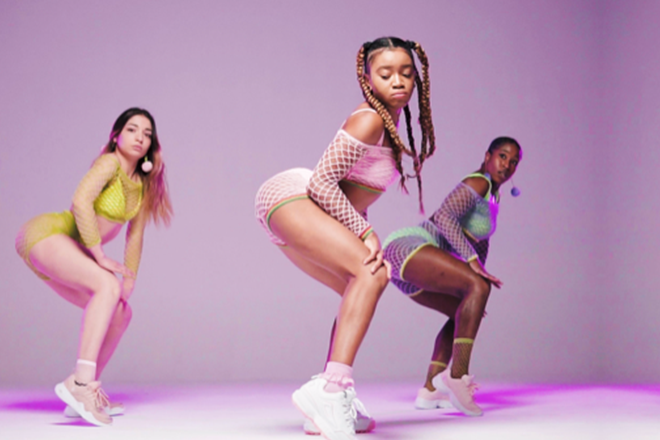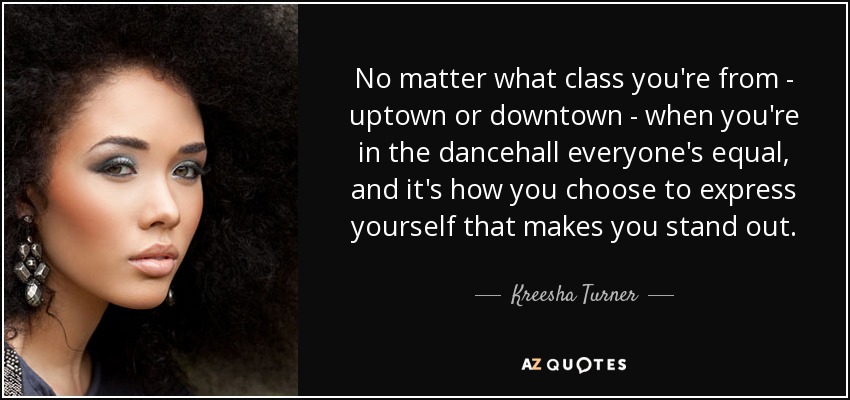🖤💛💚I LOVE💚💛🖤

Dancehall is a genre of Jamaican popular music that originated in the
late 1960s. Initially, dancehall was a more sparse version of reggae
than the roots style, which had dominated much of the 1970s.
In the mid-1980s, digital instrumentation became more prevalent,
changing the sound considerably, with digital dancehall (or "ragga")
becoming increasingly characterized by faster rhythms.
In the 2000s, dancehall experienced worldwide mainstream success, and by
the 2010s, it began to heavily influence the work of established Western
artists and producers, which has helped to further bring the genre into
the Western music mainstream.
Key elements of dancehall music include its extensive use of Jamaican
Patois rather than Jamaican standard English and a focus on the track
instrumentals (or
👉"riddims"👈).
💚💛🖤My top Dancehall artists🖤💛💚

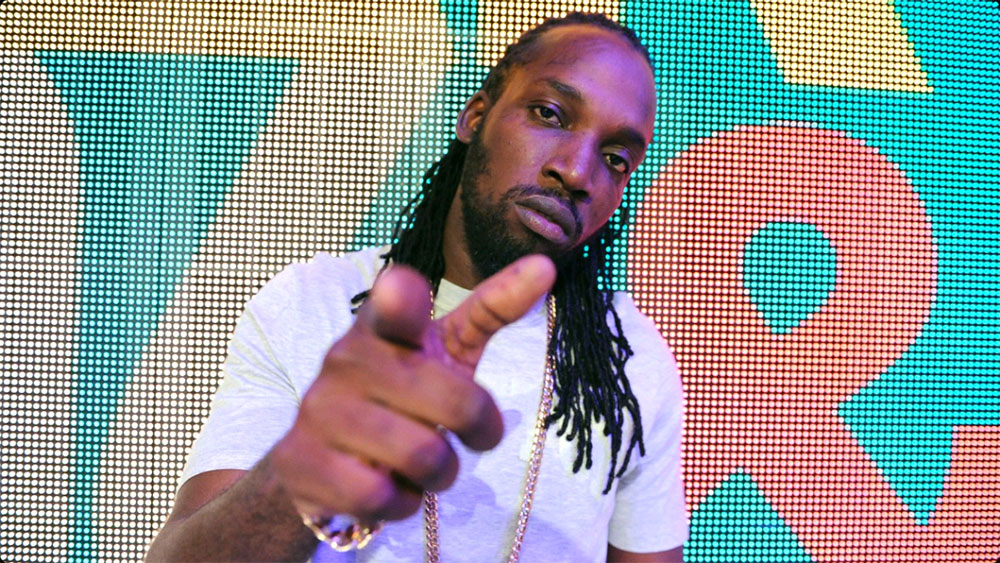
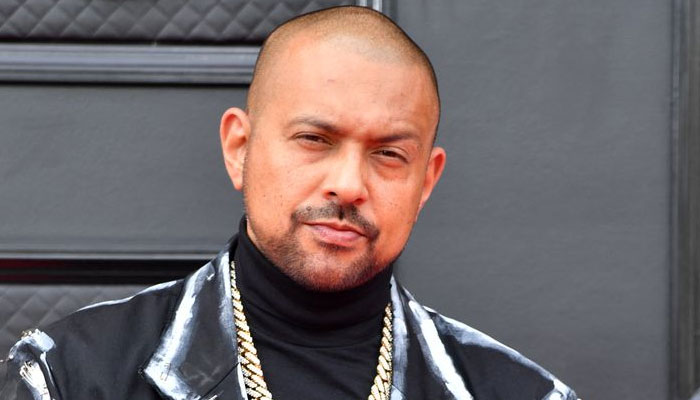

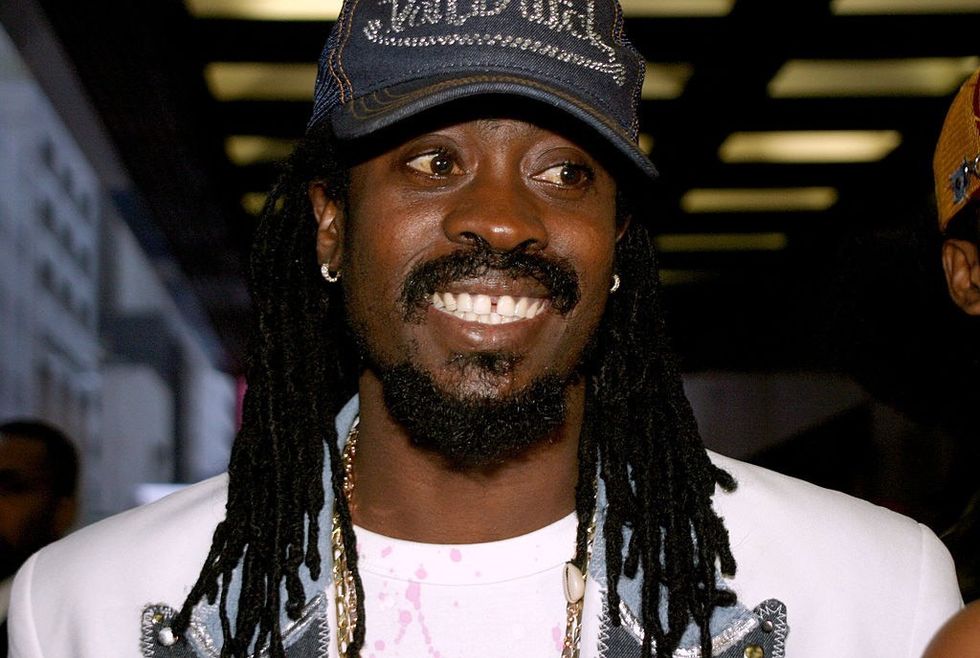
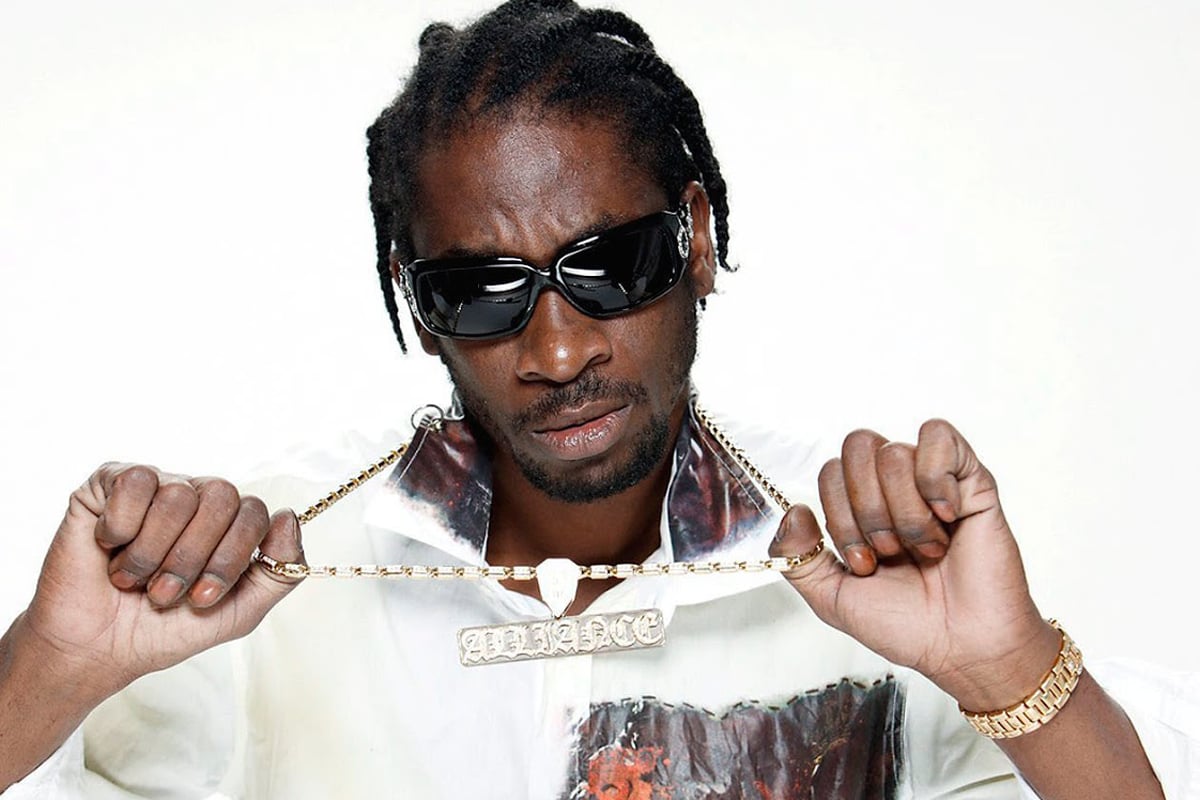
Dancehall dancing is ever-changing, ever-growing, and ever-evolving. Dance moves that are inspired by big songs are constantly being added to the mix, so if you spend a few years out of the scene you can really lose touch with the moves that are being used! Some popular dancehall moves:
